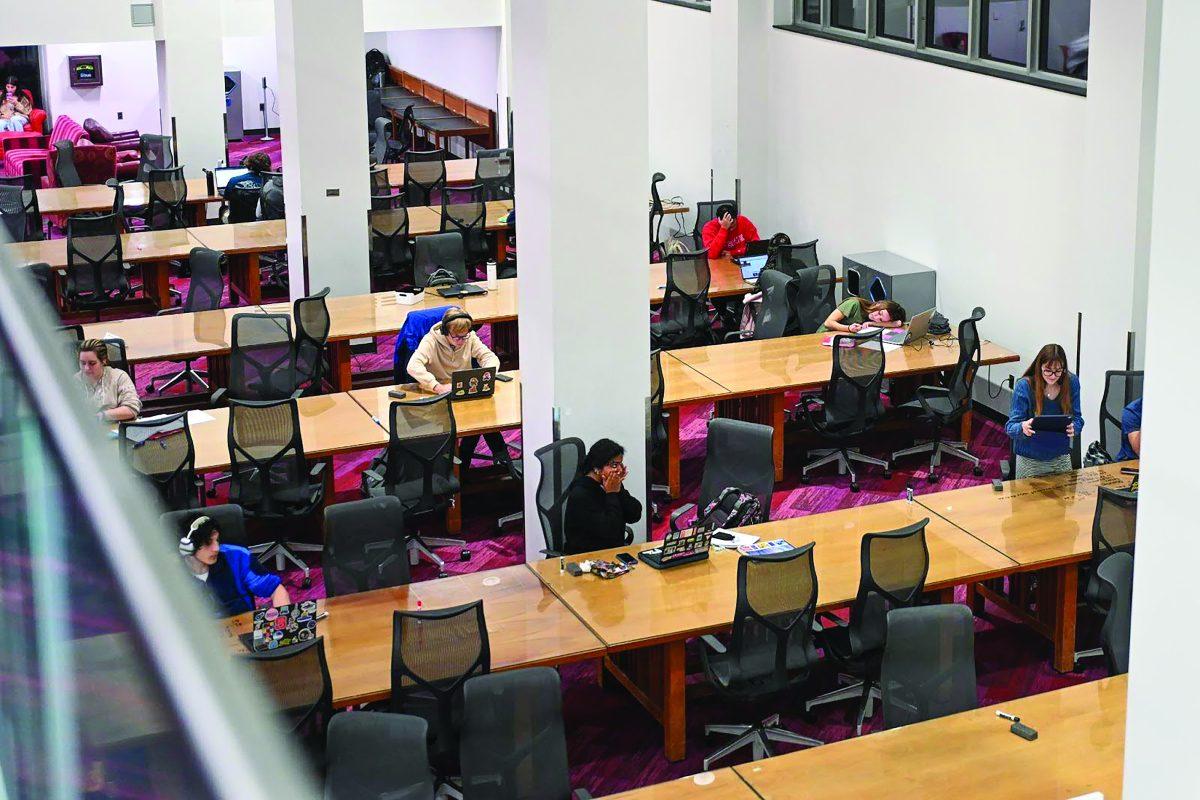The “new world of textiles” has been allocated significant funding from the National Textile Center.
The appropriations come after a five-year span of limited project funding. The NTC, an organization that associates with eight collegiate institutions, disburses funds to support textile related projects to “enhance and expand the knowledge base of the industry.”
Harold Freeman, the associate dean for research at the College of Textiles, NTC operating board member and NTC site director for N.C. State, explained that the organization and its funding allows for the execution of many projects that are important to the prosperity of the textile industry in the United States.
The NTC was established in 1996 and has since doubled its size.
“Originally there were four universities in the organization including NCSU, Clemson, Auburn and Georgia Tech,” Peter Hauser, the director of graduate programs at the College of Textiles, said.
Freeman explained that originally there was about $9 million to split between the four institutions, but because NCSU had a considerably larger textile program than the other schools, NCSU was to receive a “double share” of the allotment each year.
“When the last 4 schools were added, the allotment was increased to $10 million and has stayed that way for the last four years,” Freeman said.
Unfortunately the hike in participating schools doubled while the increase in funding paled in comparison.
As Hauser pointed out, “The cost of research has gone up tremendously, not to mention inflation.”
According to an NTC press release from November, the government decided to increase the allotment to the NTC from $10 million to $13 million per year in 2006, a 30 percent increase.
“Last year we received 2.06 million [dollars] and this year we will be receiving about 2.46 million [dollars] for research,” Freeman said.
The math seems a little fuzzy, but Freeman explained that NCSU only receives a double share up until $10.5 million in which the rest is divided equally.
While a $400,000 increase may not seem substantial on the scale of millions, Hauser explained that the extra money will be beneficial.
“Even though we still have a smaller piece of the pie now then when the NTC started, with the increase we can fund a couple more interesting projects, primarily for PhD students,” Hauser said.
“It typically runs about $200,000 to $250,000 per year, per project,” Hauser said. “Hopefully the projects last about three years.”
Freeman illustrated the morality and consciousness of the NTC by explaining that the organization was not asking for an increase in funding in 2007, but for the same amount.
“With all of the natural disasters and things going on in the world, we think we are where we need to be at the moment,” Freeman said.
He also included that the NTC has always felt they should be allotted around $17 million a year, so the increase is a step in the right direction.
As far as the uses of the extra money are concerned, Freeman offered some more specific examples.
“The main thing is that it is going to give us the ability to support some research that we couldn’t in the past,” Freeman said. “We can also use the extra funds as seed money to attract funds from other sources.”
According to Freeman, a lot of industry people helped push for the increase in funds to the colleges but as far as giving money themselves, there are complications.
“The industry doesn’t typically like to put a lot of their money toward collegiate research because of intellectual properties and royalties,” Freeman said.
Essentially, companies prefer to fund internal research and development so they can fully benefit from their progress without paying anything extra.
Students think the increase in funding to the NTC is a step in the right direction on a global scale.
“The increased appropriation is important because it shows that our industry is still vital to our economy. Hopefully it will help to further research that can strengthen our position in the global textile industry,” John Hardy, a junior in textile management, said.
“It is crucial for our students and university to take advantage of this opportunity because we can gain knowledge that will give us a distinct advantage over other textile students in the world.”
Other students see the new funds as a way to help keep jobs in the U.S. and to help increase the amount of innovative products and ideas originating from the College of Textiles.
“This is important to the College of Textiles because it offers room for expansion. This allows us a chance to get ahead of our off-shore competitors in this technological race,” Chris Rojas, a junior in textile management, said.
He pointed to the extra money as a way to increase the amount of jobs and products that are produced domestically, rather than being sent over seas.
“There has been a $10 million glass ceiling over the NTC over the past 5 years,” Freeman explained, “and now through collaboration with the other schools and the industry we have pulled this increase off.”




